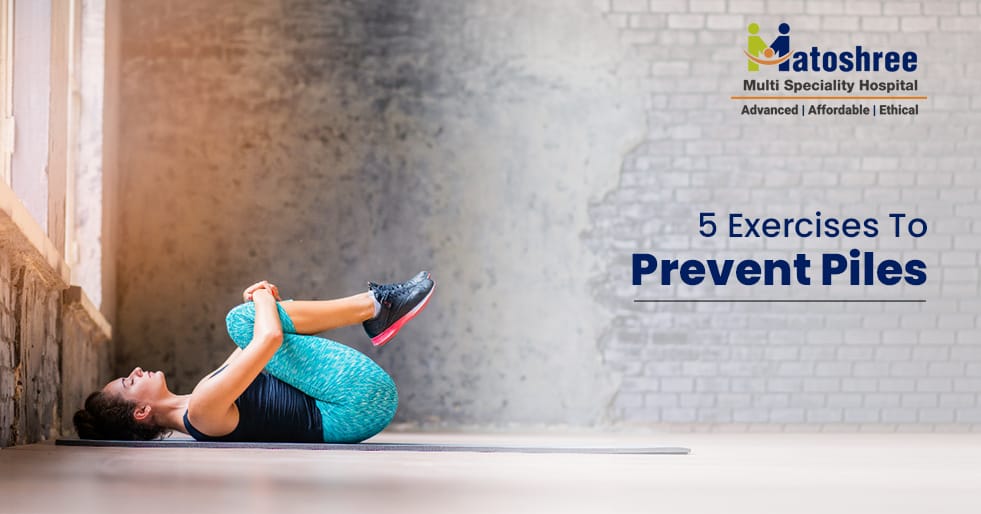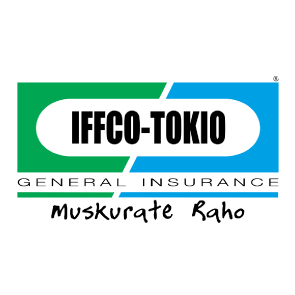5 Easy Exercises to Prevent & Relieve Hemorrhoids Naturally

Living with piles can be uncomfortable and irritating, but there is encouraging news. Gentle movement and greater awareness of your body can offer one of the most significant impacts. If you would like to take a more natural approach to ease your discomfort and help prevent more in the future, adding some exercises to your daily routine may be exactly what you need. While exercises can help manage symptoms, it’s also important to understand the common causes of piles in male, such as prolonged sitting or straining, so you can address them alongside your routine. In this blog, we will provide you with five simple piles treatment exercises as well as some other home remedies for piles.
Exercises to Treat and Prevent Hemorrhoids
1. Pelvic floor contraction
Pelvic floor contractions, commonly known as Kegel exercises, are instrumental in the strengthening of the muscles that support the rectum and anal canal. These muscles play a key role in the bowel movements, and when they’re strong, they help reduce the strain that contributes to piles.
How to do it:
- Sit or lie down comfortably with your knees slightly bent.
- If you are focusing on the muscles that stop the flow of urine, you are on the right track.
- Gently squeeze those muscles and hold for five seconds.
- Release and rest for five seconds
- Repeat this cycle 10–15 times per session, 2–3 times a day.
These exercises are subtle and can be done almost anywhere, making them a great exercise to prevent piles without drawing attention.
2. Deep breathing
This might sound too simple to be effective, but deep breathing helps calm the nervous system, relax the abdominal area, and promote healthy digestion. When your body is relaxed, you are less likely to strain during bowel movements, which is a major cause of hemorrhoids.
How to do it:
- Find a calm place to either sit or lie down.
- Breathe in gently through your nose for 4 to 5 seconds, letting your belly expand as you do.
- Hold your breath for a moment
- Exhale slowly through your mouth for another 4-5 seconds.
- Repeat for 5-10 minutes
You can practice deep breathing whenever you’re feeling bloated or under stress. It’s not just great for your digestive system but also for your overall well-being.
3. Child’s Pose (Balasana)
This timeless yoga posture is appreciated for its soothing impact on both the body and the mind. It stretches the hips, thighs, and lower back gently and can relieve tension in the abdominal region.
How to do it:
- Kneel on a cushioned surface and gently lower yourself to sit on your heels.
- Lean forward, extending your arms in front of you, and let your forehead touch the ground.
- Then, breathe in and out slowly and deeply while remaining in this position for up to a minute.
- Come up gently and repeat as needed.
Balasana supports healthy bowel function by relieving pressure and promoting calmness. It is especially helpful if you feel discomfort due to piles.
4. Legs Resting Against the Wall Pose (Viparita Karani)
This restorative posture encourages blood flow away from the lower body and can help reduce inflammation in the rectal area. It is a gentle and restful way to support circulation without any strain.
How to do it:
- Begin by positioning yourself sideways with a wall next to you for support.
- Then, lie on the ground and gently swing your legs to the wall.
- With your arms on your side and relaxed, breathe deeply
- Stay in this position for 5–10 minutes.
This pose is often considered the best exercise for piles relief because it helps drain pressure from the pelvic region while allowing the body to fully relax.
5. Cobbler’s Pose (Baddha Konasana)
Known as the Butterfly Pose, this position encourages better blood flow to the pelvic region, gently stretches the inner thighs and hips, and offers support to your digestive system. It also supports the digestive system.
How to do it:
- Take a seat on the floor and extend your legs out ahead of you.
- Bend your knees and bring your feet close together, letting the soles touch while keeping them near your body.
- Grip your feet with your hands and softly guide your knees downward.
- Keep your back straight and take slow, deep breaths for one to two minutes.
Baddha Konasana is a great exercise to prevent piles because it reduces tension in the lower abdomen and boosts flexibility in the hips and groin.
Other remedies for treating and preventing hemorrhoids
Along with these exercises , there are some lifestyle changes you could make to try and manage and stop piles from occurring. Here are some tips to try at home:
1. Stay Active with Light Cardio
Gentle activities like walking, swimming, or treadmill workouts help promote healthy digestion and prevent constipation.
2. Keep the Anal Area Clean and Dry
After washing, always pat the area dry or use a hair dryer on a cool setting to avoid moisture buildup.
3. Sit on Cushions, Not Hard Surface
Using a soft pillow and donut cushion reduces pressure and eases discomfort when sitting for long periods.
4. Use Soothing Topical Treatment
Apply witch hazel, aloe vera, or OTC creams to calm irritation and reduce inflammation.
5. Soak in a Sitz Bath or Epsom Salt Bath
A 15-20 minute warm soak can soothe itching and support healing, especially after bowel movements.
6. Clean with Warm Water
Skip the soap and rinse gently with warm water to avoid further irritation.
7. Apply Cold Compression
Using a cold pack helps numb numb the area and reduce swelling effectively
8. Avoid Long Periods of Sitting or Standing
Frequent movements boost circulation and prevent pressure buildup in the anal area.
9. Take OTC Pain Relief if Needed
Medications like ibuprofen or paracetamol can provide temporary relief during flare-ups.
10. Avoid Straining and Holding Your Breath
Straining during bowel movements or heavy lifting can worsen hemorrhoids, so stay relaxed.
11. Drink More Water
Hydration keeps stools soft and helps prevent constipation naturally.
12. Eat More Fiber-Rich Foods
Intake of high fiber foods for piles is important. Fruits and vegetables, along with whole grains, help digestive issues as well as encourage regular bowel movements.
When to see a doctor
While exercise and lifestyle changes work for many, there are times when medical help is necessary. You should speak with a healthcare professional if:
- You notice blood during bowel movement frequently
- Pain and swelling don’t improve with home care.
- You experience constant itching or irritation
- You have a lump that doesn’t go away.
Don’t ignore your symptoms or try to “tough it out.” Piles can become more serious if left untreated, so get the best piles treatment in Navi Mumbai from expert doctors.
Preventing piles does not have to be complicated. With the right combination of gentle movements, healthy habits, and awareness of your body, you can ease discomfort and reduce the risk of future problems. The piles treatment exercises we have introduced are simple to learn, can be done anywhere, and have no risks. Each one helps you move with intention and supports the natural functioning of your digestive system. If you’re wondering which treatment is best for piles homeopathy or ayurvedic, both approaches can complement these exercises by promoting internal balance and improving digestive health naturally.





















 (1).png)